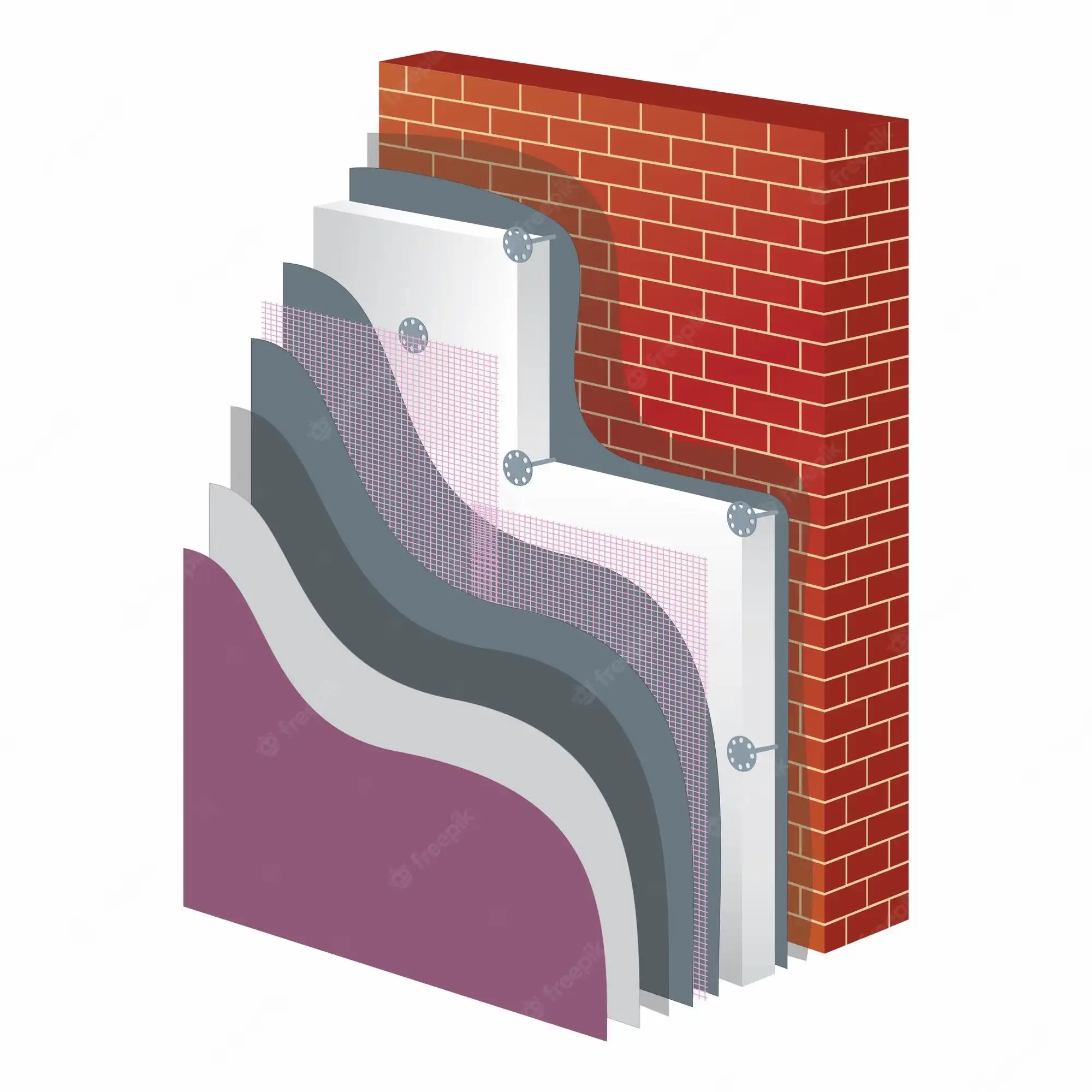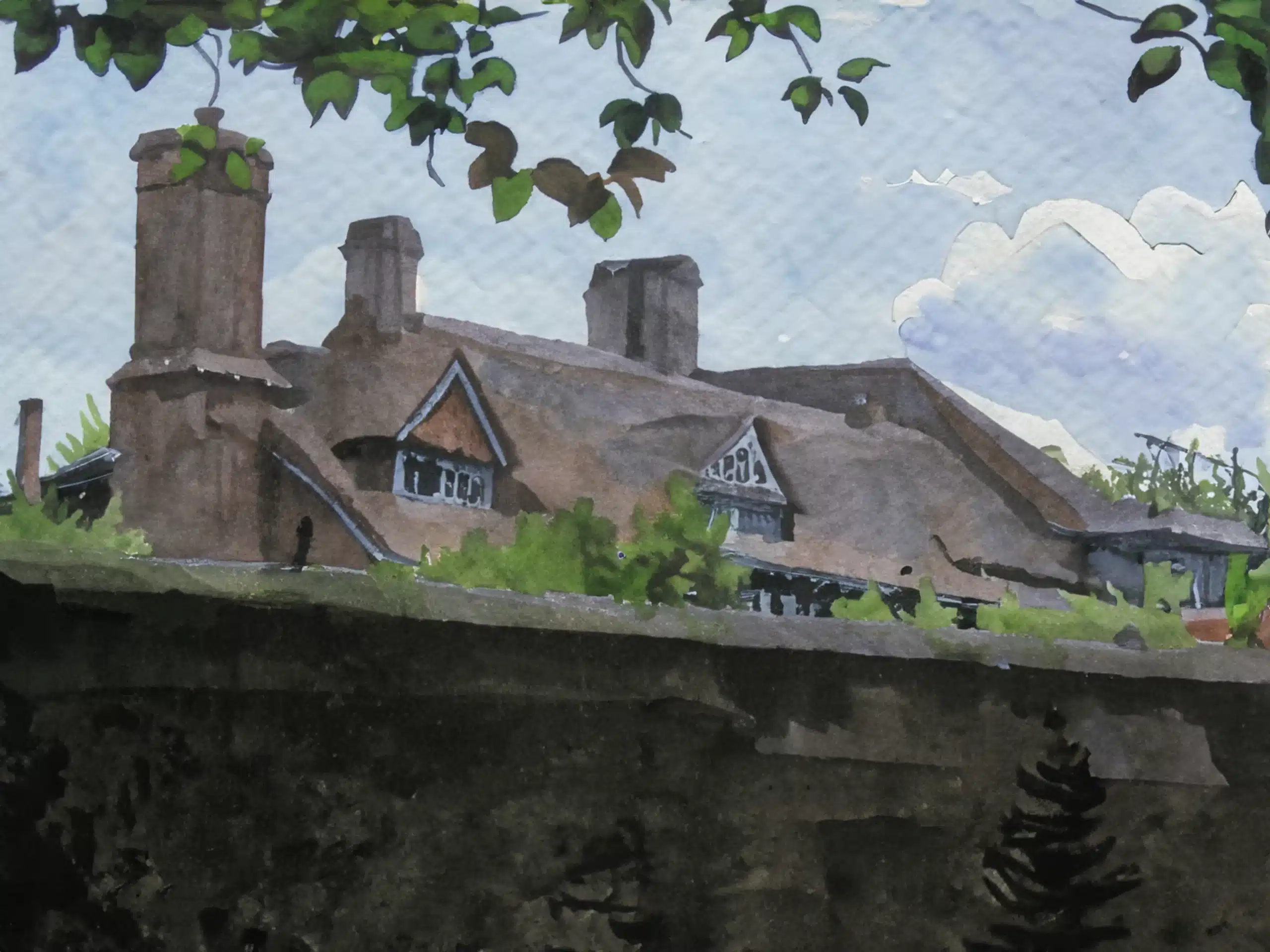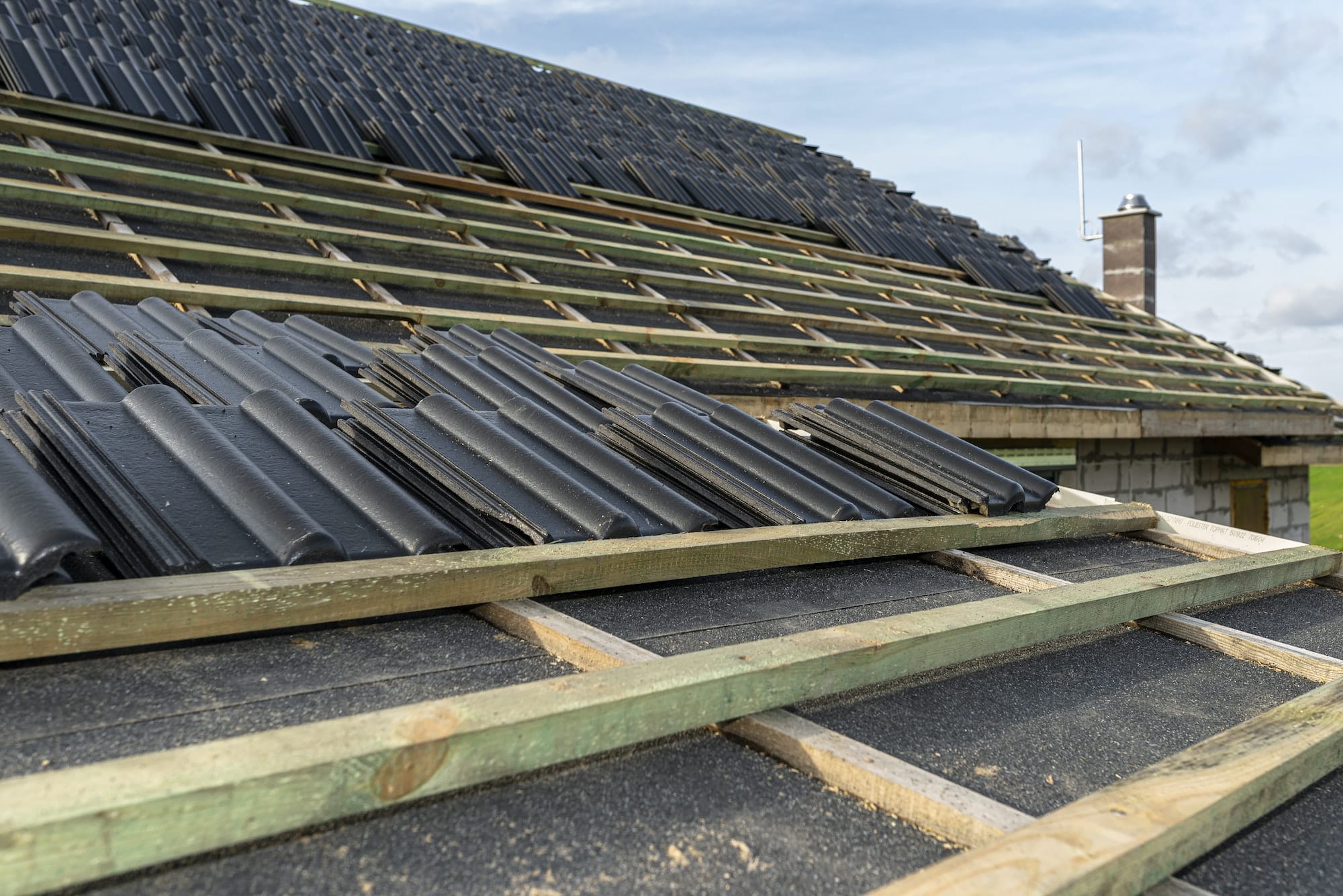
Cavity wall insulation (CWI) has been touted as a significant energy-saving measure for homes, but it has also been associated with numerous issues related to dampness, mould, and structural damage. Consequently, homeowners might find themselves in a situation where they need to consider the cavity wall insulation removal cost. This article provides an in-depth look into the process, the costs involved, and the factors that might influence this decision.
Understanding Cavity Wall Insulation
Cavity walls, prevalent in homes built after the 1920s, consist of two ‘leaves’ of brickwork separated by an empty space or ‘cavity’. The primary purpose of this design is to prevent wind-driven rain from penetrating the inner walls of the house. However, to further enhance thermal insulation, the cavity can be filled with specific materials such as polystyrene beads, mineral wool, or Rockwool. This process, known as cavity wall insulation, can significantly reduce heat loss, thereby improving energy efficiency and reducing heating bills.
The Problems with Cavity Wall Insulation
Despite its energy-saving benefits, CWI can lead to several problems, particularly when installed in unsuitable properties or by inexperienced installers. Some common issues include:
- Dampness and Mold: CWI can sometimes create a bridge for moisture to penetrate from the outer to the inner walls, leading to damp spots, mould growth, and potential health risks. This issue is particularly prevalent in homes exposed to significant wind-driven rain.
- Cold Spots: Uneven or partial insulation can result in cold spots on the walls, reducing the insulation’s effectiveness and leading to discomfort during cold weather.
- Structural Damage: In some cases, CWI can lead to structural damage, such as cracking of the external render or failure of the wall ties that hold the inner and outer leaves of the wall together.
Given these potential issues, many homeowners find themselves considering the cavity wall insulation removal cost and whether it’s a worthwhile investment.
The Cavity Wall Insulation Removal Process
The removal of CWI involves a fairly straightforward process. Typically, it includes drilling holes into the cavity walls and injecting high-pressure air to break up the insulation material, which is then sucked out using a specialist vacuum machine. After the process, the holes are sealed with a suitable material like concrete and painted over to match the existing exterior.
However, it’s worth noting that the process can be slow, often taking two to four times as long as a standard CWI installation project. Moreover, the complexity of the project can significantly vary depending on the type of insulation material and the property’s size.
Factors Influencing Cavity Wall Insulation Removal Cost
Several factors can influence the cavity wall insulation removal cost, including:
- Size of the Property: Larger homes typically require more time and effort to remove the insulation, resulting in higher costs.
- Type of Insulation Material: Some materials, such as expanding foam, are harder to remove and may require dismantling sections of the exterior wall, thereby increasing the costs.
- Location of the Property: Homes in coastal or windswept locations might require more extensive work due to the increased potential for moisture and dampness issues.
- Condition of the Property: If the CWI has caused significant damage, such as dampness, mould, or structural issues, the costs may increase due to the need for additional repair work.
Estimating the Cavity Wall Insulation Removal Cost
The removal cost can vary widely, but it typically ranges from £20 to £35 per square metre of wall, depending on the overall size and complexity of the project. For a typical semi-detached house, the cost could range between £1,600 and £2,000 plus VAT. However, it’s essential to obtain a custom quote from a specialist to get a more accurate estimate.
Weighing the Costs and Benefits
While the upfront costs of CWI removal can seem steep, it’s crucial to weigh these against the potential long-term savings and benefits. For instance, you might save on heating bills due to improved thermal efficiency after the removal and reinstallation of suitable insulation. Additionally, removing faulty CWI can prevent further structural damage, saving you considerable repair costs down the line.
Moreover, there could be health benefits to consider. If your CWI has led to dampness and mould growth, removal could mitigate associated health risks, improving the overall living conditions in your home.
Is Cavity Wall Insulation Removal the Right Decision?
Deciding on whether to bear the cavity wall insulation removal cost largely depends on your specific circumstances. If you’re experiencing issues like dampness, mould, or structural damage, and these have been linked to faulty CWI, removal might be the best course of action. However, in many cases, CWI works as intended and provides significant energy savings.
Therefore, before making a decision, it’s advisable to have a professional assess your property. They can identify any issues related to CWI and provide advice on the best course of action, considering both the potential costs and benefits.
Moving Forward after Cavity Wall Insulation Removal
After removing the CWI, homeowners are often left with the question of what to do next. Keeping the cavity empty is one option, but this could lead to increased heating costs. Alternatively, you might consider refilling the cavity with a different material or enhancing insulation in other parts of your home, such as the loft or windows.
Regardless of the path you choose, it’s essential to work with a reputable professional who can provide sound advice and quality work to ensure that your home remains comfortable, energy-efficient, and safe for years to come.



